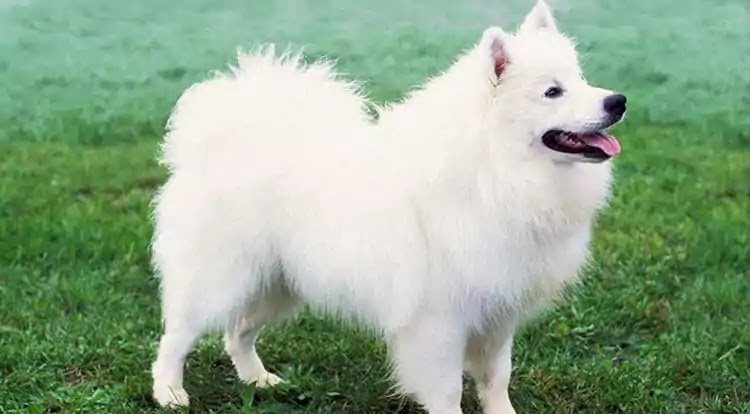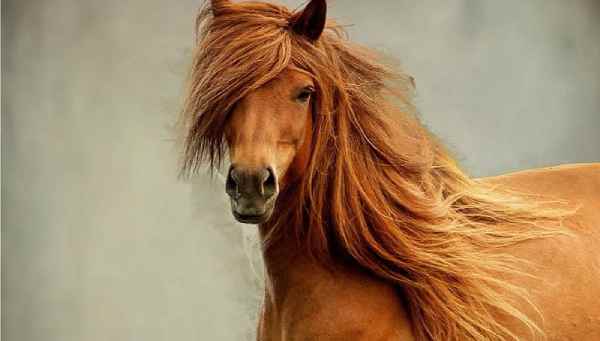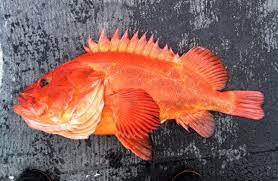Anxiety, a universal emotion experienced by humans, extends its reach into the animal kingdom, transcending our understanding of the complexities of emotions and behaviors in the natural world. In the vast tapestry of biodiversity, anxiety manifests in various forms and degrees among animals. Whether triggered by environmental stressors, social dynamics, or survival instincts, anxiety plays a significant role in shaping the lives of countless creatures.
This article delves into the fascinating realm of the most anxious animals, exploring their unique triggers, manifestations of anxiety, and how these emotions influence their behavior, interactions, and even the very fabric of their ecosystems. Join us as we journey into the intriguing world of anxious creatures, shedding light on their fascinating experiences and offering a new perspective on the emotional landscape shared by both humans and the remarkable beings that roam our planet.
Table of Contents
Overview of Anxiety as a Common Human Emotion:
Anxiety, a prevalent human emotion, embodies a spectrum of feelings ranging from mild unease to debilitating fear and worry. It’s an adaptive response to perceived threats, preparing the body for action in the face of danger. However, when anxiety becomes chronic or disproportionate to the actual threat, it can lead to anxiety disorders, impacting daily life.
The human experience of anxiety involves a complex interplay of cognitive, behavioral, and physiological responses. These can include racing thoughts, heightened heart rate, muscle tension, and avoidance behaviors. Stressors such as work pressure, relationship issues, or health concerns can trigger anxiety. Understanding human anxiety is fundamental to comprehending its counterparts in the animal kingdom, offering insights into the shared aspects of emotional experiences across species.
Definition and Explanation of Anxiety in Animals:
Anxiety in animals shares commonalities with its human counterpart, though it is expressed differently due to variations in cognitive complexity and communication methods. In animals, anxiety typically manifests as heightened arousal, vigilance, and altered behavior in response to perceived threats. These threats can stem from changes in the environment, social dynamics, predators, or disruptions in routine. Physiological responses include elevated heart rate, altered breathing patterns, and cortisol release.
Ethologists and researchers observe signs of anxiety such as pacing, freezing, excessive grooming, or avoidance behaviors. It’s crucial to recognize that while animals may experience anxiety, interpreting their emotional states requires caution to avoid anthropomorphism—attributing human emotions to non-human entities. Studying animal anxiety provides valuable insights into their well-being, behavior, and the implications for conservation and animal welfare.
1. Dogs:

Dogs, known for their strong bond with humans, can experience anxiety in various situations. Separation anxiety is a common issue, where dogs become distressed when left alone. This can manifest through destructive behavior, excessive barking, or even self-harm. Changes in routine, exposure to loud noises, meeting new people or animals, or visiting the veterinarian can also trigger anxiety. Understanding and addressing these stressors through gradual desensitization, positive reinforcement, and providing a safe, comforting environment is crucial in helping dogs cope with their anxieties and fears.
2. Cats:

Cats are sensitive creatures and can experience anxiety due to changes in their environment or routine. Events like moving to a new house, the introduction of a new pet, or loud noises can cause stress and anxiety. Signs of feline anxiety may include hiding, excessive grooming, changes in appetite, or avoiding interaction. Providing a secure and enriched environment, offering hiding spots, and maintaining a consistent routine can help ease their anxiety. In severe cases, a veterinarian may recommend pheromone diffusers, medication, or behavioral therapy.
3. Birds (e.g., Parrots):

Birds, especially parrots, are intelligent and social animals susceptible to anxiety in various circumstances. Changes in their cage, absence of mental stimulation, social isolation, or loud noises can cause stress and anxious behavior. Feather plucking, screaming, or self-harm can be signs of avian anxiety. Providing a stimulating environment with toys, social interaction, and a consistent routine is essential in minimizing their anxiety levels.
4. Horses:

Horses, being highly sensitive and perceptive animals, can experience anxiety in response to a range of stimuli. New or unfamiliar environments, loud noises, sudden movements, or changes in their routine can trigger anxiety. This can manifest as restlessness, sweating, trembling, or an increased heart rate. Proper training, exposure to various stimuli in a controlled manner, and providing a calm and predictable environment can help horses manage their anxiety levels and build confidence.
5. Rodents (e.g., Hamsters, Guinea Pigs):

Rodents like hamsters and guinea pigs may display anxiety-like behaviors, especially when exposed to stressful situations. Handling, changes in their living environment, loud noises, or sudden movements can cause fear and anxiety in these small animals. Signs of distress may include hiding, excessive grooming, or changes in eating patterns. Creating a safe and quiet environment, minimizing sudden changes, and handling them gently and infrequently can help reduce their anxiety levels and ensure their well-being.
6. Fish:

Fish, though less expressive in their behaviors, can experience stress and anxiety. Changes in water quality, sudden shifts in water temperature, overcrowding, or inadequate tank conditions can cause fish to exhibit signs of distress such as unusual swimming patterns, loss of appetite, or color changes. Maintaining appropriate water parameters, providing adequate space, and avoiding overcrowding can mitigate their anxiety and create a healthier aquatic environment.
7. Primates (e.g., Monkeys):

Primates, being highly social and intelligent animals, can experience anxiety-like behaviors in response to various stressors. Changes in their social group dynamics, relocation to a new enclosure, unfamiliar noises, or alterations in their routine can cause anxiety. Signs of primate anxiety may include agitation, self-harm, excessive grooming, or withdrawal. Providing a stimulating and enriched environment, maintaining stable social groups, and offering positive interactions with caretakers can help mitigate their anxiety and improve their well-being.
8. Reptiles (e.g., Turtles, Snakes):

Reptiles, though not as expressive as mammals, can experience stress and anxiety. Handling, inadequate enclosure, sudden changes in temperature or lighting, and exposure to unfamiliar or loud noises can cause reptiles to exhibit signs of distress such as reduced appetite, attempting to escape, or hiding. Creating an appropriate and secure habitat, maintaining consistent environmental conditions, and handling them gently and infrequently can help minimize stress and anxiety in these animals.
Coping Mechanisms and Support for Anxious Animals:
Anxious animals, like humans, employ coping mechanisms to navigate their emotional experiences. These coping strategies are often instinctual and may vary based on the species, environment, and the specific triggers of anxiety. Seeking safety and refuge, forming social bonds, and engaging in specific behaviors like nesting or self-soothing are common coping mechanisms. For example, in the case of social animals, staying close to their group can provide comfort and a sense of security.
Environmental enrichment, a well-structured living environment that offers mental stimulation, can alleviate anxiety in captive animals. Additionally, the presence of a nurturing and empathetic caregiver, whether human or fellow animal, can significantly influence an anxious individual’s well-being. Caregivers who understand and respond appropriately to signs of anxiety can provide a supportive environment that eases an animal’s distress.
Final Words:
The realm of anxiety is a shared space in the intricate fabric of life, connecting humans and animals alike. Recognizing anxiety as a universal experience opens doors to a deeper understanding of the emotional spectrum that unites us with the diverse array of creatures with whom we share this planet.
By exploring and appreciating the anxious experiences of animals, we not only gain insight into their emotional lives but also foster empathy and a renewed commitment to the well-being of all beings. As we navigate our own anxieties and extend our understanding to encompass the anxieties of the animal world, we weave a more compassionate and interconnected tapestry of existence.
Reference:
https://www.npr.org/sections/13.7/2014/02/20/279661986/ape-dread-dog-worry-animals-and-anxiety
https://www.nationalgeographic.com/animals/article/animals-stress-anxiety-lizards-birds

Zahra Makda
Growing up enjoying the beauty of my village, a good passion for nature developed in me from childhood. Following my passion for the natural world, I have chosen zoology for my graduation, during my undergraduate degree, I participated in many nature trails, bird watching, rescues, training for wildlife conservation, workshop, and seminars on biodiversity. I have a keen interest in invertebrate biology, herpetology, and ornithology. Primary interests include studies on taxonomy, ecology, habitat and behavior.









